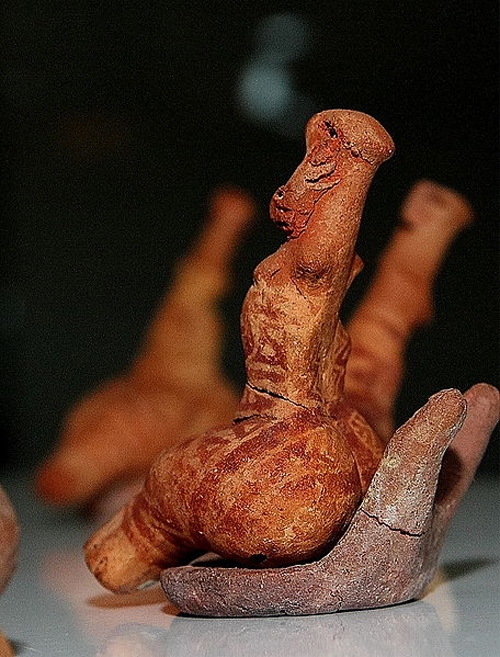Prehistoric Bristol
Classic Pamphlet

Archaeology
This period is represented in the valley of the Bristol Avon by the Acheulian industries, named from the type station of St. Acheul in the Somme valley, which has yielded many ovate and pear-shaped hand-axes characteristic of the period. These industries flourished during the very long Second Interglacial phase, a warm period which supported animals such as the ancient straight tusked elephant, the hunting of which comprised the basic economy of the time. Trees utilized by man included yew from which he is known to have made spears.
Early in the nineteenth century, elephants' teeth were reported from the Shirehampton gravels but it is not known whether they were of Elephas antiquus (warm) or elephas primigenius (cold: mammoth). Remains of Elephas antiquus were found in the rock fissure on Durdham Down early last century, but many more have come from the gravels between Bath and Kelston.
This resource is FREE for Historian HA Members.
Non HA Members can get instant access for £3.49

